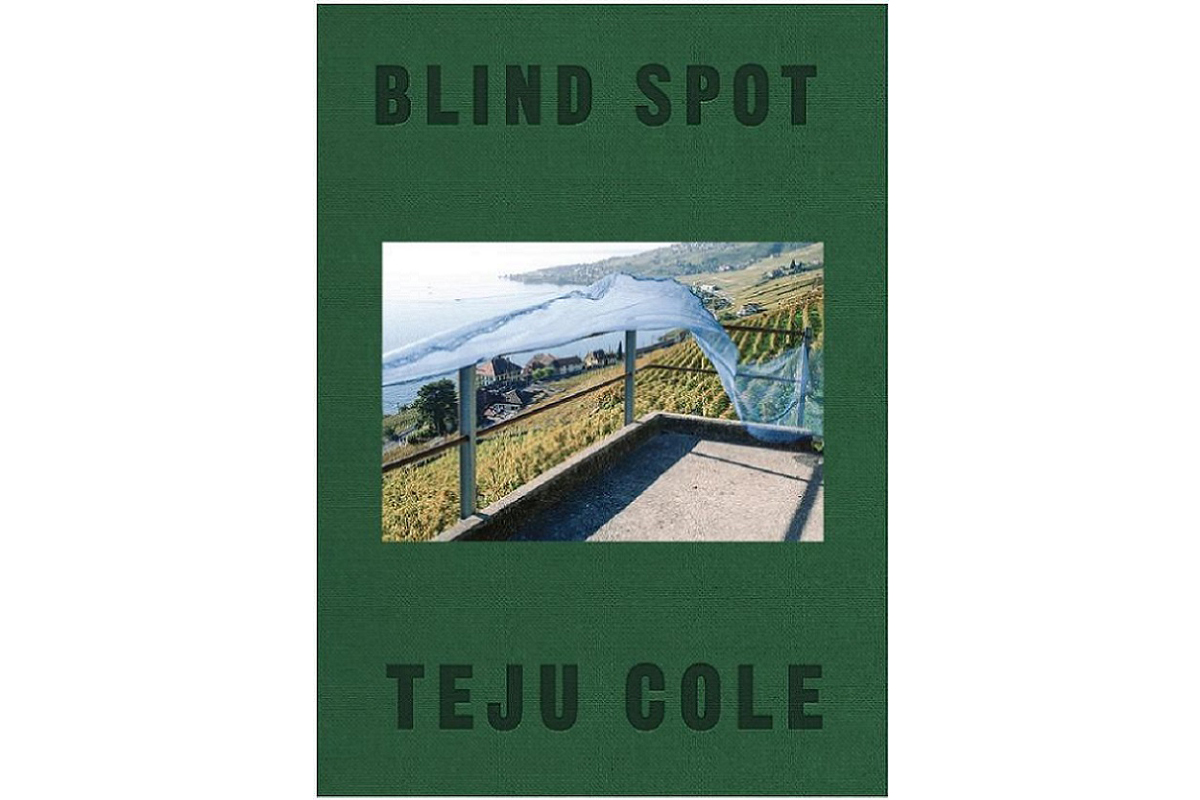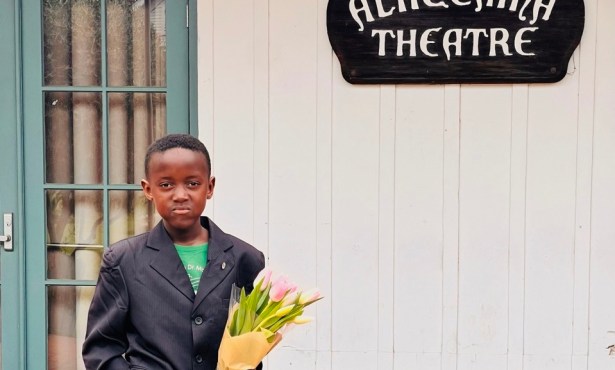Teju Cole’s ‘Blind Spot’ Is New Collection of Photographs
Photography Critic Brings Pleasing Symmetry to Project

Someone casually flipping through Blind Spot — Teju Cole’s new collection of photographs and brief accompanying essays — couldn’t be blamed for wondering if the author/photographer deliberately set out to showcase his least interesting images: a plastic bucket at a construction site, an anonymous bus stop in the snow, a ladder leaning against a shed. The apparent triviality of the subject matter is all the more surprising as the photographs come from all over the world, often from some of its most photogenic locales.
However, a closer look reveals a family resemblance among Cole’s subjects. A number of photographs focus ironically on other images: a man in Omaha wearing a tacky palm-tree shirt; an indifferent painting of Ferrara hung in a restaurant in Ferrara; a defaced political poster on a wall in Beirut. Cole also loves the semi-translucence of plastic tarps: a building under construction in Lugano is wrapped up tightly; torn plastic sheeting partially covers a ripped screen door in upstate New York; a carousel in Rome is shrouded against the winter; a tear in a plastic tarp in the Berlin suburbs reminds him of the wound in Christ’s side.
Early on, the book can feel a bit pretentious, but Cole, who is perhaps best known for his novel Open City and for his columns as the photography critic for the New York Times Magazine, is a talented writer, and the accretion of related ideas, as well as the frequent return to a handful of locations — Lagos, Switzerland, Brooklyn, and Lebanon — brings a pleasing symmetry to the overall project. Perhaps the most persuasive explanation of the book’s off-kilter aesthetic is also the most obvious. In 2011, Cole suffered perforations to his retina, and much of the book is a response to his recovery from that “blind spot.” As he writes: “The photography changed after that. The looking changed.”



